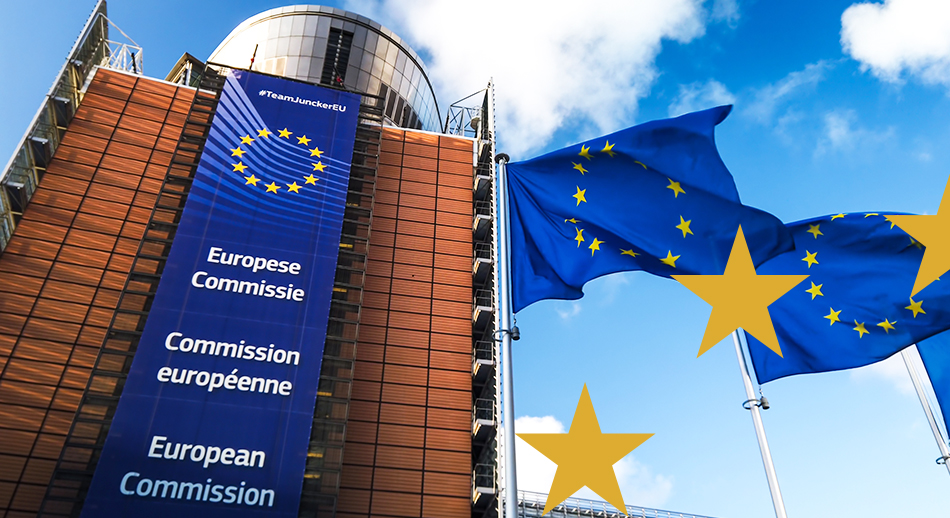A review of ANCI Lombardy’s Guide to European Programs and Projects. For municipalities and local authorities, and a bit for everyone.
A great guide, for everyone
As part of our thematic thread dedicated to Municipalities and Local Authorities, we cannot miss a review of the guide published by ANCI Lombardia at the end of last year.ANCI Lombardia’s guide can be downloaded here (250-page pdf file). It is very extensive and detailed: while focusing on needs, topics of interest and programs dedicated to Municipalities and Local Authorities, it contains interesting and useful indications for anyone approaching the world of European projects.
Let’s find out together.
In Principle, Institutions, Policies and Strategies.
The first parts of ANCI Lombardy’s guide are devoted to the functioning of the community institutions and the policies and strategies of reference in the various sectors: these aspects are also the starting point of our Guide, because the structure, objectives and priorities pursued within European programs, calls and projects descend from them (see our dedicated chapter, and the chapter that traces their path for the various categories of funds and programs). ANCI Lombardy’s guide groups policies and sectors based on the priority areas defined by Italy’s National Recovery and Resilience Plan (NRP), namely:
- M1 – Digitalization, innovation, competitiveness, culture and tourism;
- M2 – Green digital revolution and ecological transition;
- M3 – Infrastructure for sustainable mobility;
- M4 – Education and research;
- M5 – Inclusion and cohesion;
- M6 – Health.
While differing in this from our Guide (which instead follows the macro-headings of the Community Financial Framework), ANCI Lombardy’s Guide provides a useful review of documents and web pages through it is possible to go into the substance of these policies.
A review of major European programs for local governments
Next, ANCI Lombardia’s guide reviews the European Union’s financial programming: the MFF 2021-2027, the main funding opportunities and the NRP, and then analyzes in depth the most relevant programs for municipalities and local authorities, such as the European Urban Initiative (EUI, which we have also discussed here) and URBACT IV, moving on to the other major EU programs (Horizon Europe, Digital Europe, Creative Europe, LIFE, Erasmus+, ERCV, European Solidarity Corps, FAMI, EU4Heallth and EASI). The descriptions of the programs are more extensive than those proposed in theappropriate section of our Guide, which instead adopts a synthetic approach, and some links to projects implemented by ANCI and Lombardy municipalities are provided where possible. After a brief excursus on the Participant Portal and Cohesion Policies, ANCI’s Guide provides a detailed description of some Territorial Cooperation programs (Italy-Switzerland, Central Europe, Alpine Space, Mediterranean and Adriatic-Ionian) and some National Programs (School and Skills, Inclusion and Poverty Alleviation, Youth, Women and Work and Metro Plus and Southern Medium Cities), and then goes on to analyze in depth the Cohesion Policies programming of the Lombardy Region. Rich and interesting is the Glossary provided at the end of the document.
Recommended reading
We recommend ANCI Lombardy’s guide to those approaching European projects, municipalities and other local authorities, or those interested in learning more about these issues.




